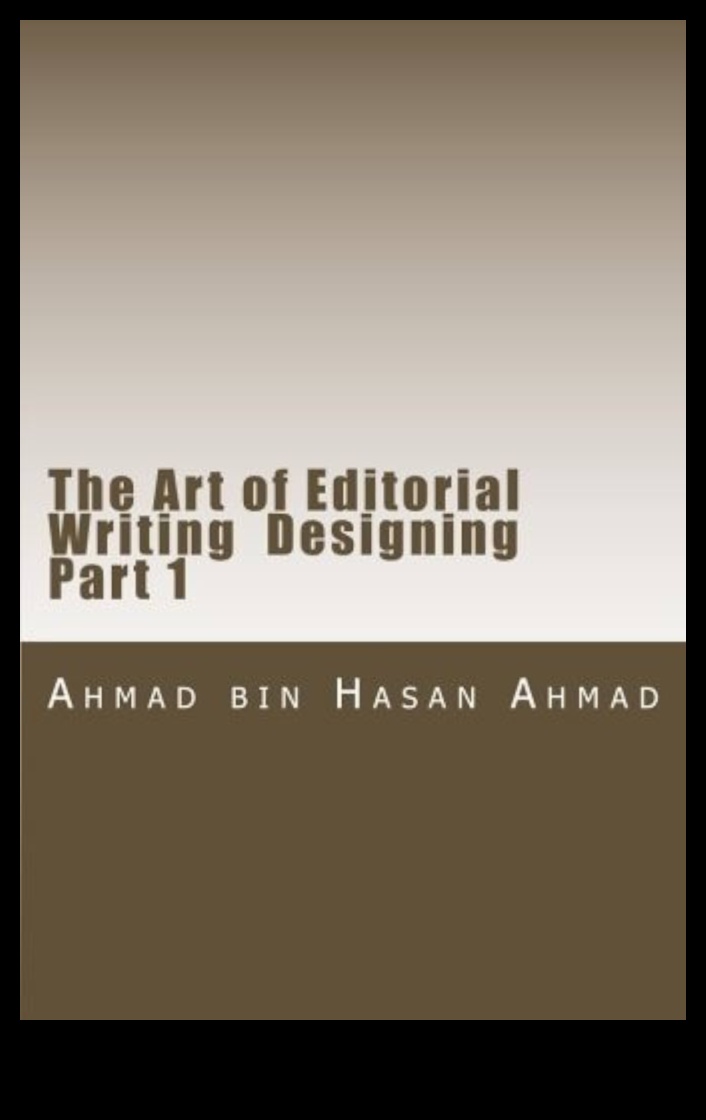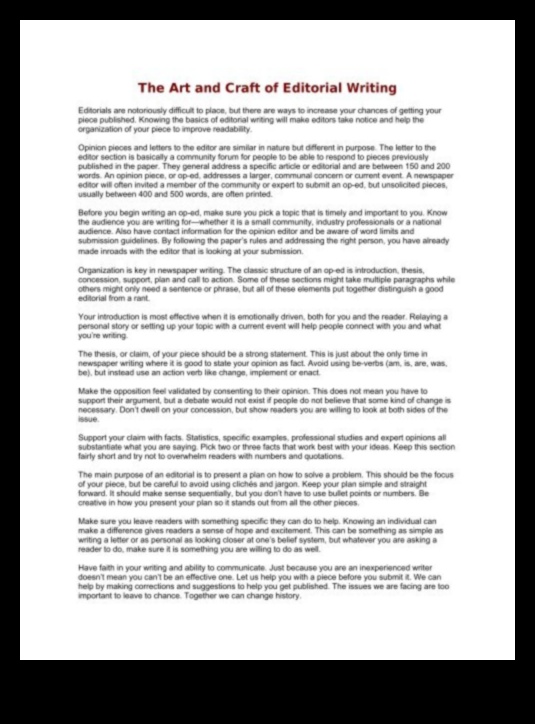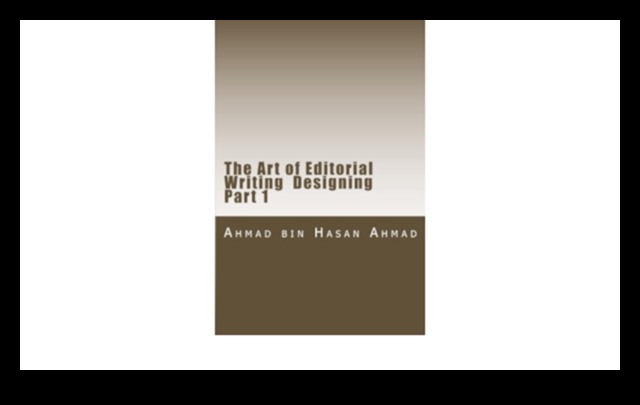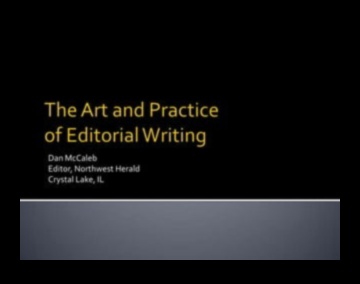
How to Write an Editorial
An editorial is a piece of writing that expresses the opinion of the author on a particular issue. Editorials are typically published in newspapers, magazines, and other publications. They are often written by the editorial board of the publication, but they can also be written by guest contributors.
Editorials are an important part of the media landscape because they provide a platform for different voices to be heard. They can also help to shape public opinion on important issues.
If you are interested in writing an editorial, there are a few things you need to keep in mind. First, you need to have a strong opinion on the issue you are writing about. Second, you need to be able to support your opinion with facts and evidence. Third, you need to write in a clear and concise way that will appeal to your audience.
Here are some tips for writing an effective editorial:
- Start with a strong hook that will grab the attention of your readers.
- Body paragraphs should be well-organized and supported with evidence.
- End with a strong conclusion that leaves a lasting impression on your readers.
If you follow these tips, you will be well on your way to writing an effective editorial.
| Feature | Answer |
|---|---|
| Editorial writing | The art of writing an editorial is to persuade the reader to agree with your point of view. |
| Editorial structure | An editorial typically has an introduction, body paragraphs, and a conclusion. |
| Editorial content | The content of an editorial should be well-researched and well-written. |
| Editorial style | The style of an editorial should be clear, concise, and persuasive. |
| Editorial tips | Here are some tips for writing an effective editorial: |

II. The importance of an editorial
An editorial is an opinion piece written by a journalist or editor that expresses the viewpoint of the publication. Editorials are typically published on the opinion pages of newspapers and magazines, and they are often used to discuss important issues of the day.
Editorials are important because they can help to shape public opinion. By providing a platform for journalists and editors to share their views, editorials can help to raise awareness of important issues and encourage debate.
In addition, editorials can help to hold politicians and other public figures accountable. By criticizing the actions of those in power, editorials can help to keep them in check and ensure that they are acting in the best interests of the public.
Finally, editorials can help to provide a sense of community. By sharing their thoughts and opinions on important issues, editorials can help to connect people and create a sense of shared purpose.
III. How to write an editorial
Writing an editorial is a great way to share your opinion on a current event or issue. It can also be a way to persuade readers to take action. However, writing an effective editorial takes time and effort. Here are some tips to help you write a successful editorial:
1. Choose a topic that you are passionate about. People are more likely to read and engage with an editorial if they can tell that the writer is passionate about the topic. When choosing a topic, think about something that you are knowledgeable about and that you feel strongly about.
2. Do your research. Before you start writing your editorial, make sure you do your research on the topic. This will help you to make informed arguments and to support your claims with evidence.
3. Write an attention-grabbing headline. The headline is one of the most important parts of your editorial. It is what will catch readers’ attention and make them want to read more. Make sure your headline is clear, concise, and attention-grabbing.
4. Write a strong introduction. The introduction is your chance to grab readers’ attention and make them want to read more. Start your introduction with a hook, such as a surprising statistic or a personal anecdote. Then, state your thesis statement, which is the main argument of your editorial.
5. Support your arguments with evidence. In the body paragraphs of your editorial, support your arguments with evidence. This can include facts, statistics, expert opinions, and personal anecdotes.
6. Write a clear and concise conclusion. The conclusion is your chance to wrap up your argument and leave readers with a final thought. Make sure your conclusion is clear and concise, and that it ties back to your thesis statement.
7. Proofread your work. Before you submit your editorial, proofread it carefully for any errors. This includes checking for typos, grammatical errors, and factual inaccuracies.
Writing an editorial can be a lot of work, but it is also a great way to share your opinion and to persuade readers to take action. By following these tips, you can write an effective editorial that will grab readers’ attention and make them want to learn more.

IV. The structure of an editorial
An editorial typically has the following structure:
- An introduction that grabs the reader’s attention and states the main point of the editorial.
- Body paragraphs that provide supporting evidence for the main point.
- A conclusion that restates the main point and calls for action.
The introduction is the most important part of the editorial, as it is the first thing that readers will see. It should be short and attention-grabbing, and it should clearly state the main point of the editorial. The body paragraphs should provide supporting evidence for the main point, and they should be well-written and organized. The conclusion should restate the main point and call for action.
Here is an example of an editorial structure:
- Introduction: “In today’s world, it is more important than ever to be aware of the dangers of climate change. The burning of fossil fuels is releasing greenhouse gases into the atmosphere, which is causing the planet to warm. This warming is leading to more extreme weather events, such as hurricanes, floods, and droughts. It is also causing sea levels to rise, which is threatening coastal communities. We must take action to reduce our greenhouse gas emissions and mitigate the effects of climate change.”
- Body paragraphs: “There are many things we can do to reduce our greenhouse gas emissions. We can drive less, walk or bike more, and use public transportation. We can also turn down our thermostats, use energy-efficient appliances, and install solar panels on our homes. We can also support policies that promote renewable energy and reduce our dependence on fossil fuels.
- Conclusion: “We must all take action to reduce our greenhouse gas emissions and mitigate the effects of climate change. We can no longer afford to ignore this issue. If we do not act now, the consequences will be devastating.”
This is just one example of an editorial structure. There are many different ways to structure an editorial, and the best structure will vary depending on the topic of the editorial and the audience you are writing for.
How to write an editorial
An editorial is a piece of writing that expresses the opinion of a writer or publication on a particular issue. Editorials are typically published in newspapers, magazines, and other periodicals. They are also sometimes published on websites.
Editorials are written by journalists or other writers who are experts on the topic they are writing about. They are usually well-researched and well-written, and they offer a unique perspective on the issue at hand.
Editorials can be used to inform readers about a particular issue, to persuade them to take a certain action, or to simply provide a different perspective on a topic that is already being discussed in the media.
Writing an effective editorial takes time and effort. However, it can be a rewarding experience to see your work published and to know that you have made a difference in the world.

How to write an editorial
An editorial is a piece of writing that expresses the opinion of the writer or publication. It is typically published in a newspaper or magazine, and it can be on any topic. Editorials are often written by columnists or other opinion writers, and they are usually signed by the author.
Editorials are important because they can help to shape public opinion. They can also be used to raise awareness of important issues and to advocate for change. However, it is important to remember that editorials are not objective news reports. They are written from a particular point of view, and they should be read with that in mind.
To write an effective editorial, you need to have a strong opinion on the topic you are writing about. You also need to be able to support your opinion with facts and evidence. In addition, you need to be able to write in a clear and concise way that will grab the attention of readers.
Here are some tips for writing an editorial:
- Start with a strong hook that will grab the attention of readers.
- State your opinion clearly and concisely.
- Support your opinion with facts and evidence.
- Write in a clear and concise style.
- Proofread your work carefully before submitting it.
If you follow these tips, you will be well on your way to writing an effective editorial.
VII. The publication of an editorial
Once you have written your editorial, you need to find a way to get it published. There are a few different ways to do this:
- You can submit it to a newspaper or magazine.
- You can post it on your own blog or website.
- You can submit it to an online publication.
- You can send it to an editor or publisher directly.
When submitting your editorial, be sure to include a brief cover letter that introduces yourself and your work. You should also include a brief description of the editorial and why you think it is a good fit for the publication.
Once your editorial has been published, be sure to promote it on social media and other platforms. This will help to reach a wider audience and increase the chances of your editorial being read.
Here are a few tips for promoting your editorial:
- Share it on social media.
- Send it to your email list.
- Post it on your blog or website.
- Submit it to an online publication.
By following these tips, you can increase the chances of your editorial being read and shared by a wider audience.
The promotion of an editorial
Once you have written your editorial, it is important to promote it so that it reaches as many people as possible. There are a number of ways to do this, including:
- Submitting it to online publications.
- Sharing it on social media.
- Sending it to your email list.
- Promoting it through paid advertising.
When promoting your editorial, it is important to focus on the benefits that it will offer readers. What will they learn from it? How will it change their lives? By highlighting the benefits of your editorial, you will make it more likely that people will read it.
It is also important to promote your editorial in a timely manner. If you are writing about a breaking news story, for example, you will want to get your editorial out there as soon as possible so that people can stay informed.
By following these tips, you can increase the chances that your editorial will be read by a wide audience.
IX. Evaluation of an editorial
The evaluation of an editorial is an important part of the editorial process. It helps to ensure that the editorial is meeting the desired goals and objectives. There are a number of factors that can be used to evaluate an editorial, including:
- The accuracy of the information presented
- The clarity of the writing
- The persuasiveness of the arguments
- The overall impact of the editorial
The evaluation of an editorial can be done by a number of different people, including the editor, the author, and other readers. The evaluation process can be formal or informal, and it can be conducted before or after the editorial is published.
The evaluation of an editorial is an important part of ensuring that the editorial is effective and meets the desired goals. It is a process that should be taken seriously and that should be conducted by qualified individuals.
FAQ
Q: What is an editorial?
A: An editorial is a piece of writing that expresses the opinion of an author or publication on a particular issue. Editorials are typically published in newspapers, magazines, and online publications.
Q: What are the different elements of an editorial?
A: The main elements of an editorial are the introduction, body paragraphs, and conclusion. The introduction should grab the reader’s attention and provide a brief overview of the topic. The body paragraphs should provide more detailed information on the topic and support the author’s opinion. The conclusion should summarize the author’s main points and leave the reader with a call to action.
Q: How do I write an effective editorial?
A: To write an effective editorial, you need to:
* Choose a topic that you are passionate about and have strong opinions on.
* Write an introduction that grabs the reader’s attention and provides a brief overview of the topic.
* Support your opinion with facts, evidence, and expert opinions.
* Write a conclusion that summarizes your main points and leaves the reader with a call to action.
Q: How do I persuade readers to take action?
To persuade readers to take action, you need to:
* Identify the target audience for your editorial and write in a way that appeals to their interests.
* Use strong language and persuasive arguments to support your opinion.
* Provide a clear call to action that tells readers what you want them to do.